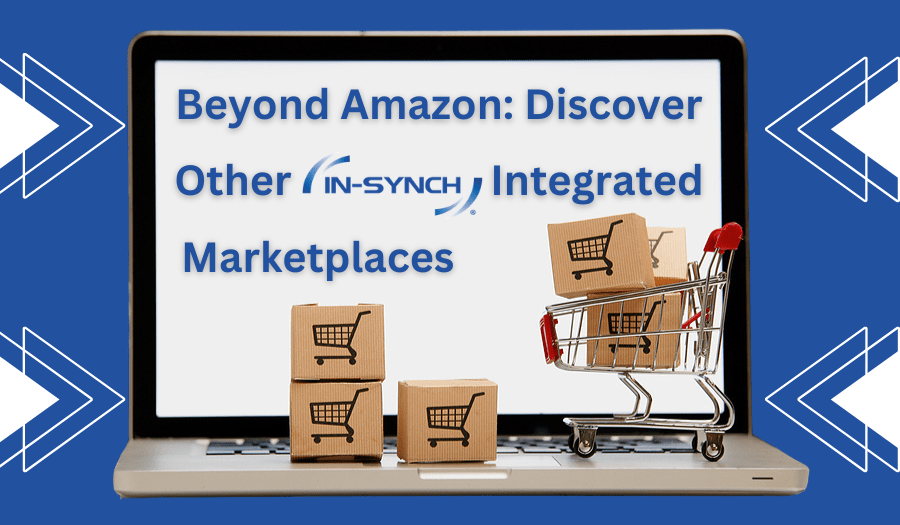By Ruth Richter • July 11, 2017
Combat Smart Cyber Attackers Using Cutting-Edge Integration Security
It’s undeniable that cyber attacks are on the rise. Though large and small companies continue to increase their cyber security precautions to include stronger, better defense systems, their efforts seem to have little overall impact; cybercrime continues to be a common news item. Sadly, though businesses are adding more security solutions to their software portfolios, they aren’t usually adding the right security solutions. The out-of-date, static security measures businesses utilize can’t keep up with the state-of-the-art, cutting-edge hacking techniques the criminals use. Businesses interested in enhanced protection must now take additional, more modern security measures—especially if those businesses are using third-party software integrations.
Software Integrations Can Create Security Loopholes
Information technology experts agree that, among the many dangers in today’s cyber security environment, integrations have some of the highest potential to become a weak link in a business’s overall security. This is because inexperienced integration developers often create their flow of data by exploiting and widening inherent flaws in the database system. These same inexperienced developers may also place sensitive information on insecure testing platforms while they set up their integrations, which can be a disaster. As professional information thieves, hackers know exactly where to look so they can quickly find the loopholes created by these inexperienced development teams.
To increase security, business leaders must ensure that any database system loopholes or backdoors are patched and protected, and that integration security is a primary concern to the integration team. Experienced system integrators will always take steps to ensure that no vulnerabilities are created during the integration process that could expose the client’s network or critical business applications to hackers.
Increased Data Defense Systems Are Gaining in Importance
In the past, data security was a relatively static process involving set interaction patterns and access points. Users would enter and store data within a closed, non-Internet-connected system, and only authorized individuals using assigned, on-premises computers and servers could access the data for later use.
Today’s cloud-driven, Internet-connected world often connects databases such as ERPs or CRMs directly to the Internet, so as to ensure flexible access for on-the-go company employees any time and anywhere. Databases are now typically accessed in ever-changing, dynamic patterns, using nearly unlimited devices in nearly unlimited locations. By definition, static security measures cannot keep up with dynamically accessed and updated systems.
According to Gartner, “Relying on perimeter defense and rule-based security is inadequate, especially as organizations exploit more cloud-based services and open APIs for customers and partners to integrate with their systems.” The best way to protect data in the modern, dynamic world of data access is to use a modern, dynamic security method.
Adaptive Security Meets the Needs of a Dynamic Environment
Static security systems typically identify anomalous data-access behaviors using pre-defined “blacklists,” which are exhaustive tables that include all questionable system behaviors. Once identified, these systems log the odd system behavior and notify a security engineer to handle the problem.
In contrast, dynamic security systems typically identify anomalous behaviors based on a whitelist, known as a “policy.” Policy-based security systems list all acceptable system behaviors in a table (the “whitelist”), and log activity that doesn’t match previously prescribed behaviors. Like static security systems, policy-based security will log anomalous behavior and forward it to a human to deal with.
Adaptive security takes dynamic, policy-based security one step further, empowering the system itself to not only identify strange behavior, but also to act on it – in essence, adaptive security is a smart security system that can react to malicious attacks within milliseconds, “adapting” to changing security parameters on the fly so that business systems stay protected.
Adaptive Security Combines with Database Staging to Ensure 365˙ Security
When choosing an ERP integration partner, smart business leaders will choose a developer who:
- Proves years of secure integration experience
- Understands today’s more cutting-edge security practices
- Uses a secure database integration system
- Treats data security as a #1 concern
Through careful research and asking the right questions, business owners will be better prepared to select an integration developer who enhances database security through their integration and protects valuable company data at all times.
ROI Consulting is the market’s leading Sage 100 integration specialist, maximizing Sage 100 customer’s technology investment through integration and customization since 1997. Learn more about ROI’s Sage 100 integration solutions at www.roi-consulting.com or by calling Ruth Richter at 402-934-2223×1.
This article was originally published in the Bellwether Magazine.




